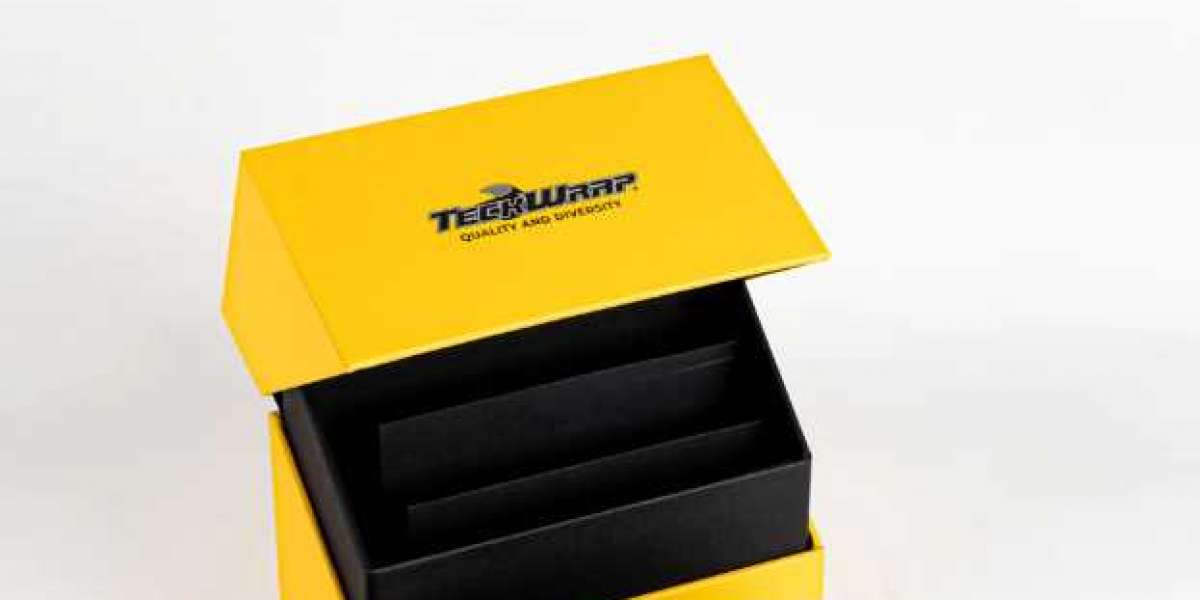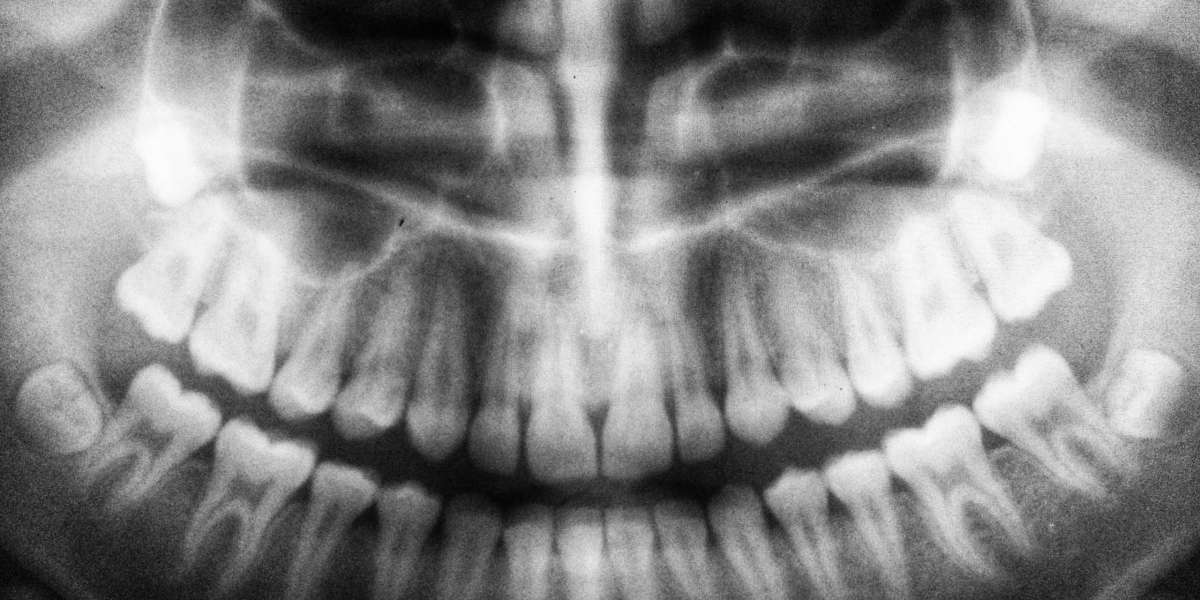What Are Vehicle Body Wraps?
A vehicle body wrap is a thin, adhesive-backed vinyl film that covers a car’s painted surface. Unlike traditional paint jobs, which permanently alter the car’s finish, wraps offer a reversible solution that can be applied and removed without damaging the original paint.
The idea originated from the commercial sector, where companies used vehicle graphics for mobile advertising. With advances in digital printing and adhesive technology, wraps evolved into a mainstream trend for both personal and business use. Modern wraps can replicate any color, texture, or pattern—from high-gloss metallics to carbon fiber effects—offering limitless customization possibilities.
How Vehicle Wraps Work — The Science Behind the Transformation
Vehicle wraps are made from durable PVC vinyl, engineered for flexibility and heat resistance. The film consists of multiple layers: a colored or printed surface, an adhesive layer, and a protective topcoat.
During installation, professional wrap technicians use heat guns and squeegees to stretch and mold the vinyl around every contour of the vehicle. The adhesive is pressure-activated, ensuring a strong bond without bubbles or wrinkles.
For commercial designs, advanced digital printers produce high-resolution graphics directly onto the vinyl film. Brands like 3M, Avery Dennison, and TeckWrap are known for producing industry-grade materials that resist UV rays, heat, and moisture—helping the wrap maintain its vibrant finish for years.
Types of Vehicle Wraps
Full vs. Partial Wraps
A full wrap covers every visible painted surface, creating a completely new look. A partial wrap targets specific areas—like the hood, roof, or side panels—offering a more budget-friendly way to achieve visual impact.
Color Change Wraps
These wraps transform the entire car’s color without repainting. Available in finishes like matte, satin, chrome, and metallic, color change wraps are perfect for those who love to refresh their car’s appearance periodically.
Commercial and Fleet Wraps
Businesses use fleet wraps to turn vehicles into mobile billboards. From delivery vans to service trucks, professionally designed wraps enhance brand visibility while protecting the vehicle’s paint underneath.
Paint Protection Films (PPF)
Unlike decorative vinyl, PPF is a transparent polyurethane film designed to shield paint from scratches, chips, and sun damage. Many car owners combine PPF with vinyl wraps for both protection and style.
Benefits of Vehicle Body Wraps
One of the biggest advantages of wrapping a vehicle is cost-effectiveness. A professional full-body wrap typically costs 40–60% less than a high-quality paint job while offering comparable aesthetics.
Wraps also protect the factory paint from UV rays, bird droppings, and light scratches—helping maintain resale value. The ability to remove or replace wraps at any time adds flexibility for changing designs or rebranding.
For businesses, wraps turn vehicles into rolling advertisements, reaching thousands of potential customers daily. A well-designed fleet wrap can generate more local impressions than most billboard or digital ad campaigns.
The Vehicle Wrapping Process — Step-by-Step
Surface Preparation
The car is meticulously cleaned to remove dust, grease, and wax residues. Even minor surface imperfections can affect adhesion, so technicians often clay-bar and alcohol-wipe panels before wrapping.
Design and Printing
For custom graphics or branding, designers use software to create precise templates matching the vehicle’s shape. High-resolution printers then produce vibrant visuals on premium vinyl.
Installation and Finishing
Certified installers use heat and pressure to apply the film, trimming excess material around edges and curves. A quality installation requires patience, precision, and industry experience—making professional service essential.
Brands like TeckWrap and 3M train certified installers to ensure perfect alignment, edge sealing, and long-term durability.
Choosing the Right Material and Finish
Your choice of wrap depends on your aesthetic goals and budget.
3M and Avery Dennison offer top-tier durability with a wide range of colors and finishes.
TeckWrap is popular for its balance of quality and affordability, featuring eye-catching finishes like iridescent, chrome, and satin metallic.
Matte wraps give a stealthy look, while gloss and metallic options enhance color depth. Chrome wraps deliver a mirror-like finish but require extra maintenance. For added flair, textured options such as carbon fiber or brushed metal create a tactile, premium appearance.
Maintenance and Care Tips
Maintaining a vehicle wrap is straightforward but requires gentle care.
Wash by hand using mild soap and soft microfiber cloths.
Avoid high-pressure washers and harsh chemicals.
Store the car under shade when possible to prevent prolonged UV exposure.
Regular inspection ensures no edges are lifting or trapping debris. With proper care, a high-quality wrap can last for five to seven years while retaining its color and finish.
Cost, Durability, and Lifespan
The cost of a vehicle wrap varies based on size, design complexity, and material.
Compact cars: $1,500–$2,500
SUVs and trucks: $2,500–$4,500
Commercial fleet wraps: custom pricing based on volume
Durability depends on the brand, climate, and maintenance routine. Premium wraps from 3M or Avery Dennison typically last 5–7 years, while budget options may last 3–5 years. In hot, sunny regions, UV protection coatings extend lifespan and preserve color vibrancy.
Vehicle Wraps for Business Branding
For businesses, vehicle wraps are an affordable and effective marketing investment. A single wrapped van can generate 30,000–70,000 daily impressions depending on location and usage.
Fleet wrapping ensures brand consistency across multiple vehicles, improving recognition and trust. Small businesses, such as food trucks or delivery services, often see a measurable ROI from mobile advertising within months of wrapping their vehicles.
Digital print wraps allow full customization with logos, QR codes, contact details, and even social media handles—turning every trip into an opportunity for exposure.
FAQs About Vehicle Body Wraps
1. How long does a vehicle wrap last?
High-quality vinyl wraps typically last between 5 to 7 years, depending on the brand, exposure, and care.
2. Can I wash my car after wrapping?
Yes. Hand washing is recommended using mild soap and non-abrasive sponges. Avoid automatic car washes.
3. Does wrapping damage car paint?
No. In fact, wraps protect the original paint from scratches and sun exposure when properly installed and removed.
4. Can a wrap be removed easily?
Yes. Professional removal leaves no residue and restores the car to its original finish.
5. Are wraps cheaper than repainting?
Generally, yes. A wrap costs about half the price of a premium paint job and offers more design flexibility.
6. Can I wrap a leased car?
Absolutely. Wraps are non-permanent and removable, making them ideal for leased vehicles.
7. What’s the difference between PPF and vinyl wraps?
PPF is clear and designed for protection, while vinyl wraps are for style or branding.














